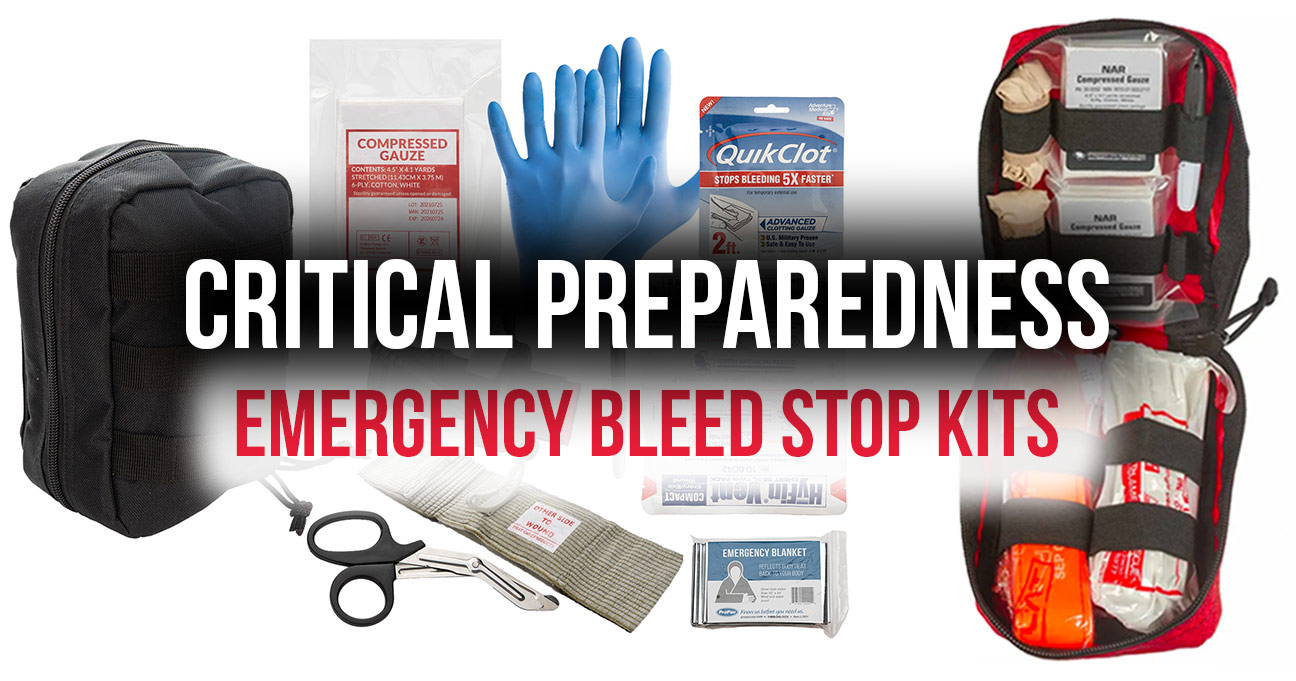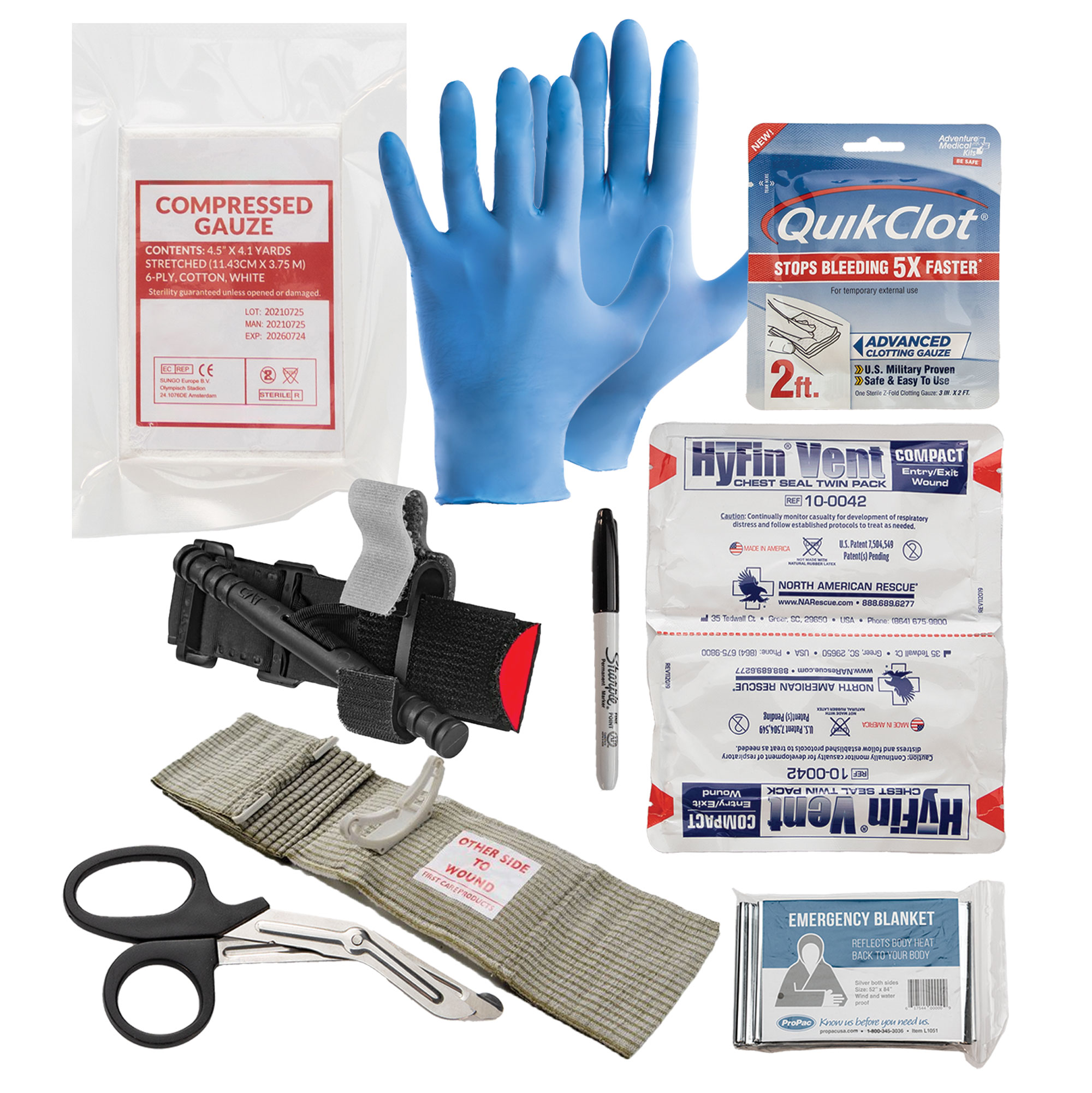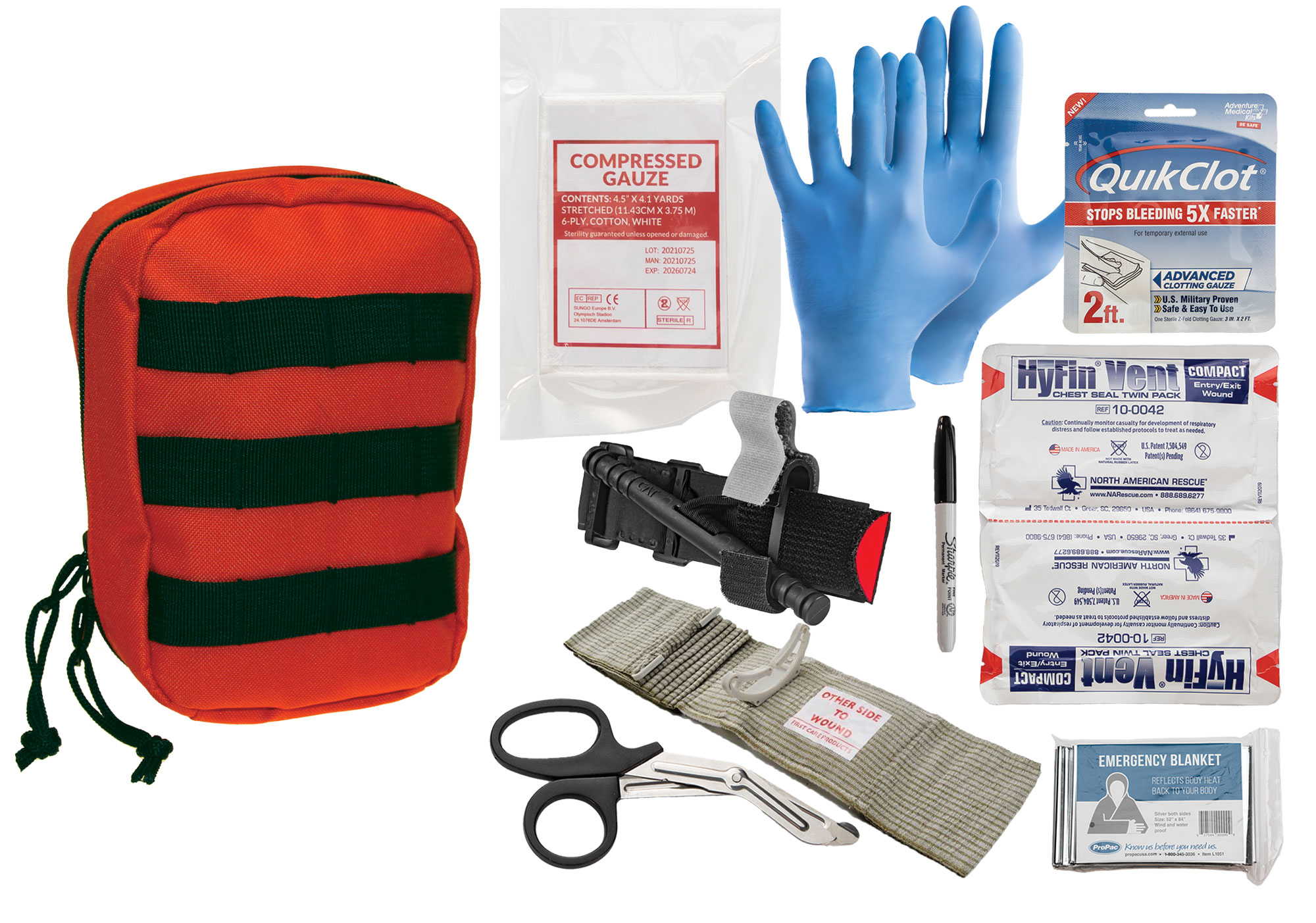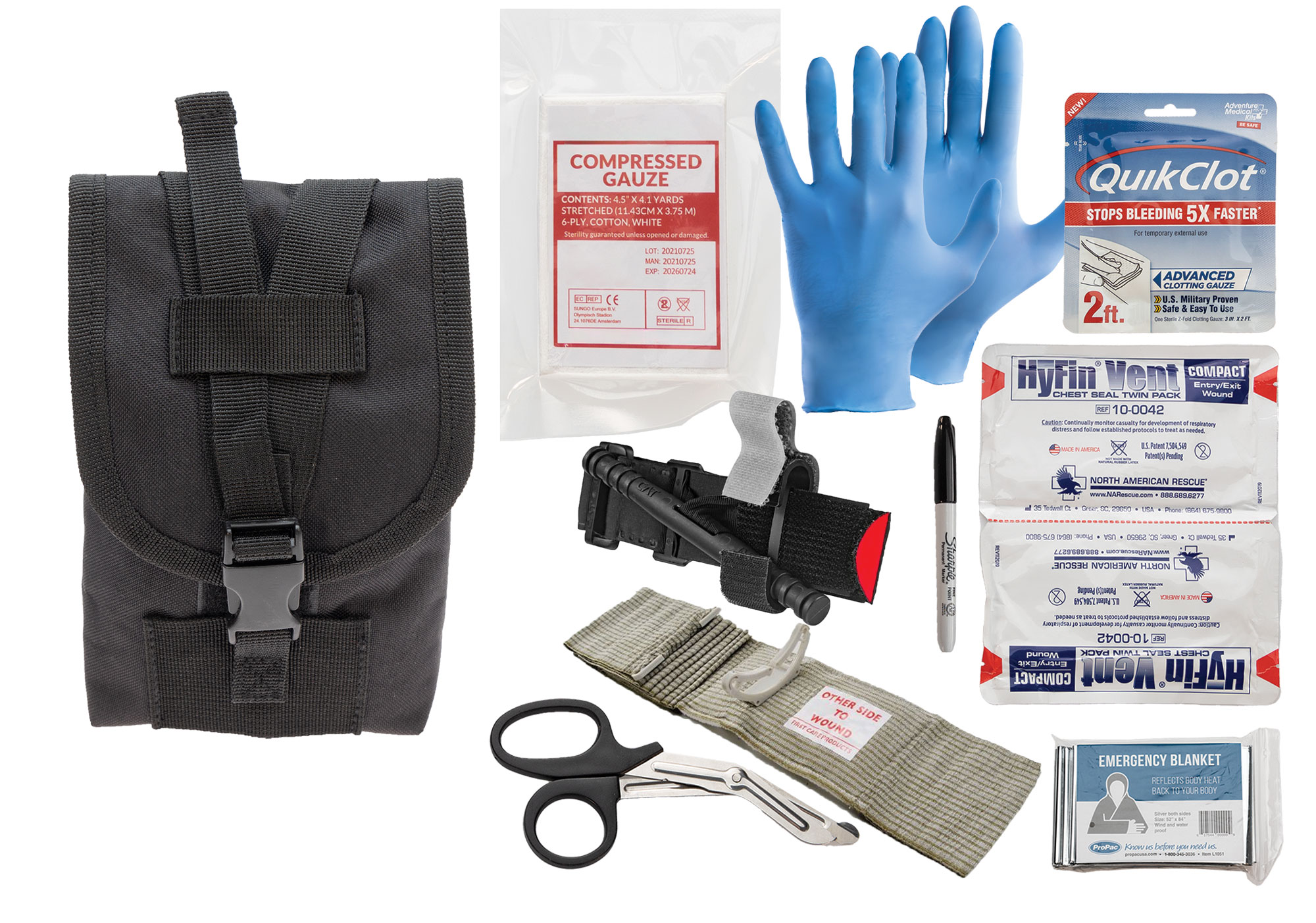
Critical Preparedness: The Role of Emergency Bleeding Control Kits
Thursday February 22, 2024
Critical Preparedness: The Role of Emergency Bleeding Control Kits
Accidents happen at any time, usually when least expected. In situations where severe bleeding occurs, quick and efficient intervention is necessary to save lives. Emergency bleeding control kits are carefully designed, providing tools needed to control bleeding during emergencies.
These kits typically contain supplies such as compression bandages, tourniquets, shears, and gauze that can be used to halt excessive bleeding until professional medical help arrives.
ProPac's Emergency Bleed Stop Kits have what you need for emergencies!
Importance of Emergency Bleeding Control Kits
Rapid Response: Severe bleeding can quickly result in death. Keeping emergency bleeding kits easily accessible helps bystanders and first responders in potentially saving a life.
Simple and Intuitive: Emergency bleeding kits are made for ease of use for people with little to no medical training.
Reduces Blood Loss: Immediately implementing a kit can limit the amount of blood lost, improving a patient’s likeliness of survival and quicker recovery.



Components of an Emergency Bleeding Control Kit
Tourniquet: A tourniquet is used to secure an area and apply pressure to a limb that may be experiencing severe bleeding. It is used to stop bleeding that may be coming from an artery or a vein.
Hemostatic Agents: These agents promote blood clotting and can assist in controlling excessive bleeding.
Pressure Dressings: Pressure dressings are included for applying direct pressure to a wound to help control excessive bleeding and assist in clotting.
Protective Gear: To protect the wounded individual from bacteria, gloves are provided as protective gear.
Instructions: Easy-to-follow and concise instructions are a vital piece of an emergency bleeding kit. They teach the user how to apply the components correctly.
Emergency bleeding control kits are essential to have on hand for worst case scenarios. Their simple components and ability to be used by non-professionals allow for saving lives. Preventing mass blood loss plays an important role in the survival and recovery of those wounded. Individuals should familiarize themselves with these kits and how to use them properly to prepare for emergencies.